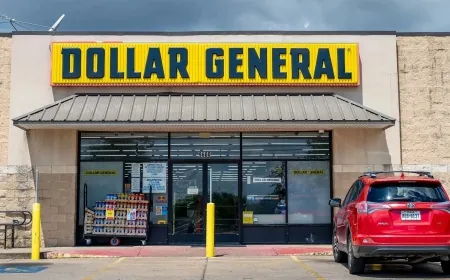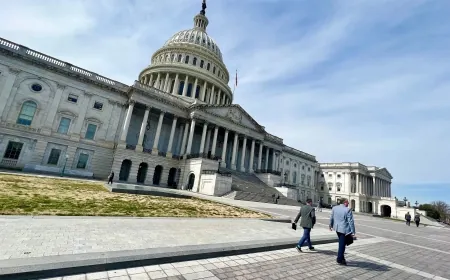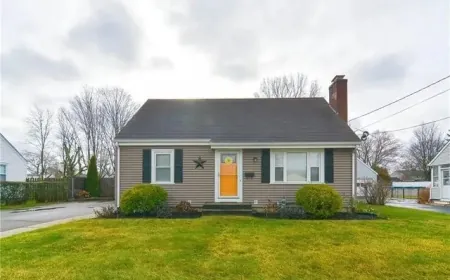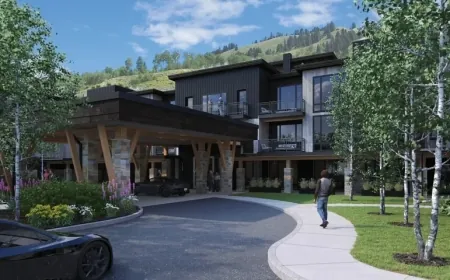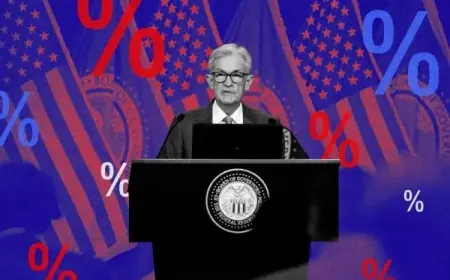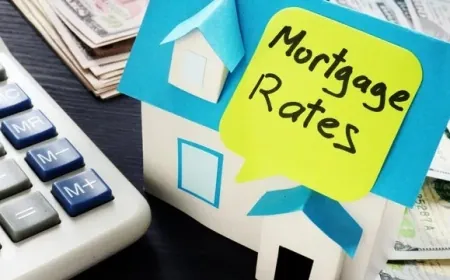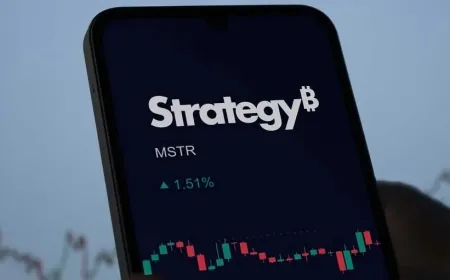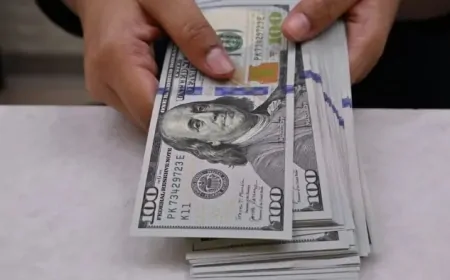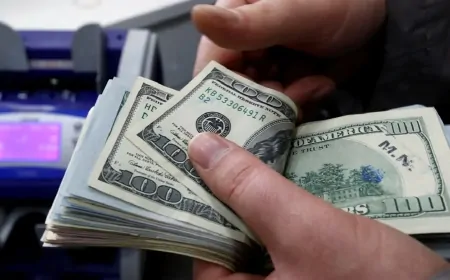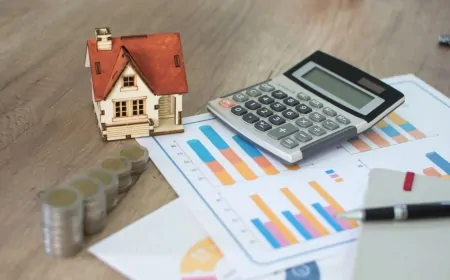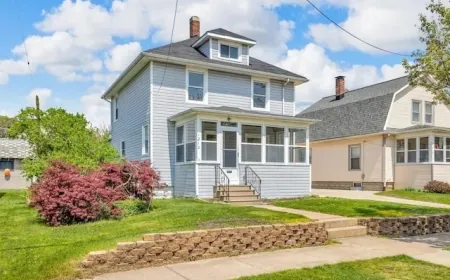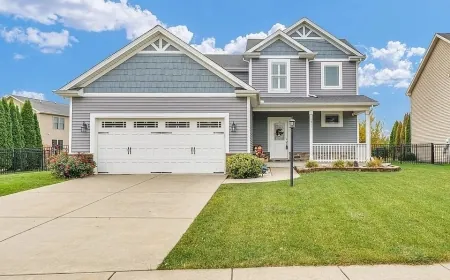Housing Prices Could Slip Next—These 6 Signs Show Why
From rising inventory to investor sell-offs, these 6 signs suggest your local housing market may be heading toward a sharp price correction.
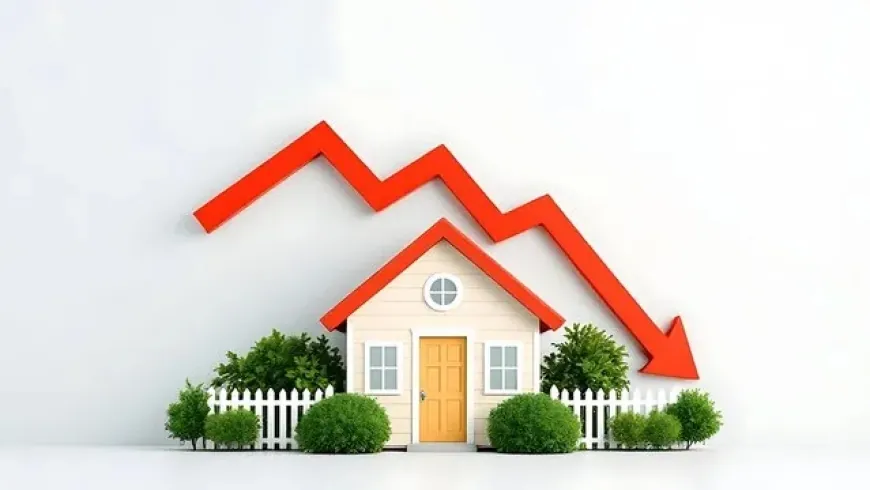
If you’re looking at buying a home right now, it’s easy to feel like prices will never come down. According to Zillow, the average U.S. home price has climbed to $369,147—and in some cities, the number is much higher.
But not every market can sustain these price levels. In fact, there are already signs in some areas that housing prices may be set for a major correction.
Whether you’re a first-time buyer or an investor, knowing the early warning signs of a local housing slowdown can help you avoid buying at the peak.
Here are six of the most reliable indicators that home prices in your area may be about to fall.
1. Homes Are Taking Longer to Sell
One of the first signs of trouble in any real estate market is when houses stop selling quickly.
If you notice listings sitting for weeks—or even months—without selling, it usually means demand is cooling off. Sellers often have to cut prices when buyers stop making fast offers.
According to Holden Andrews, founder of Helpful Home Group, “If the average time a home sits on the market is going up over three to six months, it’s a clear signal that prices are out of sync with what buyers are willing to pay.”
2. More Homes Are Coming on the Market—But Not Selling
Another red flag is when the number of homes for sale keeps rising, but buyers aren’t showing up.
In a balanced market, new listings are matched by new buyers. But when inventory builds up without selling, it points to a coming correction.
“When you see both inventory and days on market going up together, that’s a sign the market is stalling,” Andrews said. “Eventually, sellers have to drop prices to get those homes sold.”
3. The Price Homes Are Listed For Isn’t Matching What They Actually Sell For
When sellers set high asking prices but buyers only agree to pay less, the gap between listing prices and sale prices starts to widen.
According to Casey TeVault, a real estate investor and founder of Casey Buys Houses, “The longer a home sits unsold, the more likely it is to go through price cuts. That’s when you start seeing homes sell for far less than what they were first listed at.”
This is a direct sign of buyer power returning to the market, forcing prices to adjust downward.
4. Foreclosures and Distressed Sales Are Rising
When more homes in a neighborhood go into foreclosure or short sale, it often drags the whole market down.
“If you start seeing an uptick in foreclosures, that’s usually because homeowners are under financial stress,” said Stephen Mendiola, founder of Stephen Buys Houses in Houston. “Banks and distressed sellers are willing to accept lower offers just to get rid of the property, and that resets the price baseline for the whole area.”
Once those lower-priced sales hit the market, nearby homeowners often have to adjust their prices to compete.
5. Local Layoffs or Slowdowns Are Squeezing Buyers
Housing markets don’t exist in a bubble—they rely on local job growth and income stability. When major employers in an area start cutting jobs, fewer people are able to buy homes.
“If a city sees big layoffs or a wave of business closures, housing demand falls fast,” Mendiola explained. “Prices drop because sellers can’t find enough qualified buyers anymore.”
This is especially true in single-industry towns or tech-heavy cities where layoffs can ripple quickly through the local economy.
6. Large Investors Are Dumping Properties
When you start seeing big investors or real estate funds sell off large chunks of their property holdings, it’s not random. These companies often have access to market data regular buyers don’t.
“If hedge funds or real estate firms start selling in bulk, it usually means they’re anticipating price drops,” Mendiola said. “When they list homes all at once, it floods the market with extra supply—and that can push prices down fast.”
This kind of investor activity often happens before the average buyer realizes a slowdown is coming.
What to Do If You See These Signs
If you notice these signals in your city or neighborhood, it could mean that housing prices are about to reset. In some markets, price drops of 10% to 20% can happen in just a few months when conditions like these line up.
For buyers, it may be smarter to wait for better deals rather than rush into the market when signs point to a correction.
If you’re already a homeowner and thinking about selling, these indicators can also help you decide whether to list your home now—or risk holding onto it during a downturn.
Also Read: 8 Affordable Home Upgrades That Can Dramatically Increase Your Property Value
|
Follow iShook on Social Media for More Tips and Updates! |








